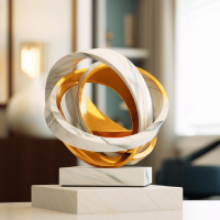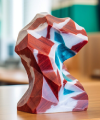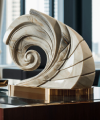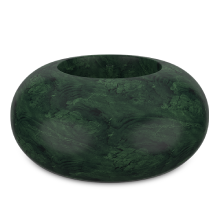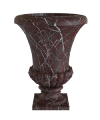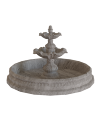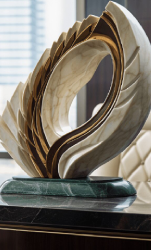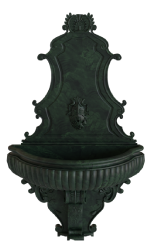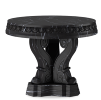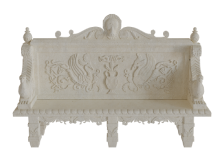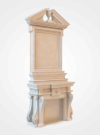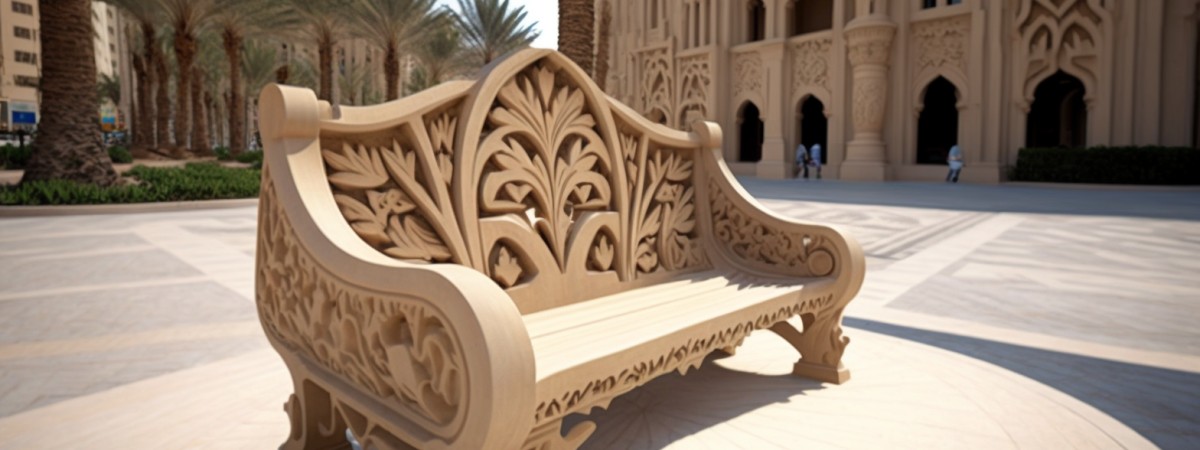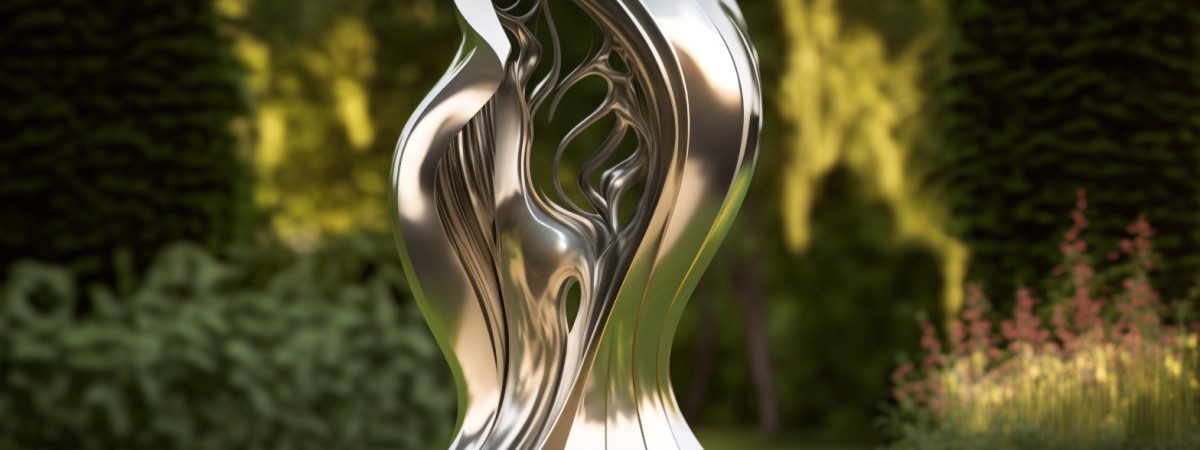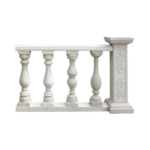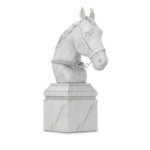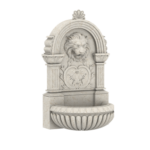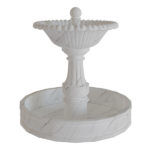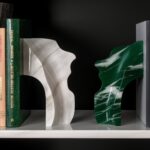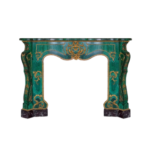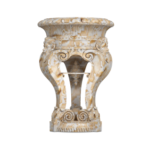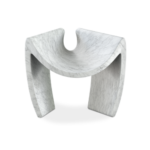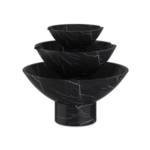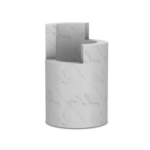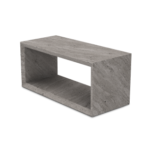September 18, 2023 Author: John Samuel
Creating a Captivating Landscape: Essential Factors in Designing an Outdoor Rotating Sculpture
Imagine strolling through a garden or urban plaza and witnessing a sculpture that doesn’t just stand still but dances with the wind, rotates to the rhythm of nature, and constantly evolves in appearance. This is the magic of outdoor rotating sculptures—a perfect blend of art, science, and nature. It’s about creating an experience that engages the viewer, not just a sculpture. But how do we create this magic? Dive in.

Conceptualization and Design
The journey of a rotating sculpture starts with a vision. Think about the space it will inhabit and the emotions you wish to evoke. Ask yourself: What story does it tell? How does it engage with its surroundings?
Understanding the Space: Before sketching out ideas, spend time in the space where the sculpture will reside. Observe the play of light, the patterns of wind, and the elements around it.
Mood and Theme: Decide on the tone of the piece. Is it meant to be calming, or perhaps a dynamic force of energy?
Sketching and Modelling: Bring your vision to life through sketches and 3D models.

Material Selection
Materials play a pivotal role in determining the longevity, look, and feel of the rotating sculpture.
Durability: Choose materials resistant to outdoor elements; stainless steel, bronze, or treated woods are popular choices.
Aesthetics: The material’s finish can drastically change the sculpture’s appearance. Polished surfaces can reflect and play with light, while matte finishes offer subdued elegance.
Weight: Lightweight materials can rotate easily with the slightest breeze, while heavier ones offer more resistance, generating slower and more deliberate motion.

Structural Stability
Nobody wants to see their art topple over! Ensuring your sculpture remains firmly rooted is critical.
Base Design: A strong foundation is essential. Depending on the sculpture’s weight and size, you might need to go deeper into the ground or use a broader base.
Wind Resistance: Ensure that the design is aerodynamic to reduce undue stress on the sculpture during gusty conditions.
Load-bearing: Ensure the material and structure can bear the weight, especially if the sculpture is multi-layered or tall.

Mechanism of Rotation
The soul of a rotating sculpture is its movement. The mechanism behind this motion is crucial.
Passive Rotation: Utilise natural forces like wind or water flow. Wind vanes or sail designs can harness this energy efficiently.
Motor-driven: Electric or solar-powered motors can provide consistent rotation, regardless of the natural elements.
Balance: Ensure the centre of gravity remains stable to prevent wobbling or erratic movement.

Environmental Impact
Being conscious of the environment is paramount. Think about how your sculpture will interact with nature.
Eco-friendly Materials: Consider recycled or sustainably sourced materials.
Wildlife Interaction: Ensure the sculpture doesn’t pose a hazard to birds or small animals.
Natural Integration: Aim for the piece to complement its surroundings rather than disrupt them.

Safety Considerations
Prioritise safety and pay attention to:
Sharp Edges: Round off or buffer any potentially harmful edges.
Public Interaction: If the sculpture invites touch, ensure all moving parts are safely accessible.
Safety Barriers: For larger installations, barriers or informational plaques can keep onlookers at a safe distance.

Maintenance Requirements
Your sculpture’s beauty should endure through time. Regular maintenance is key.
Cleaning: Depending on the material, periodic cleaning might be needed to maintain its lustre.
Inspection: Regularly check for wear and tear, especially in the rotating mechanism.
Protection: Consider treatments or coatings to protect against UV rays, corrosion, or graffiti.

Lighting
The dance of light and shadow can elevate your sculpture’s presence.
Natural Light: Position the sculpture to make the most of sunrise and sunset hues.
Artificial Lighting: LED lights can highlight features, create silhouettes, or even introduce colour.

Installation Process
The last step is installing the sculpture:
Site Preparation: Ensure the ground is level and prepped for installation.
Transportation: Plan logistics, especially for larger sculptures. This might involve cranes, large vehicles, or specialised equipment.
Final Assembly: Once on site, assemble any parts, set up the rotation mechanism, and make sure everything runs smoothly.

Conclusively, creating a captivating landscape with an outdoor rotating sculpture is a journey of passion, innovation, and diligence. From the first sketch to the final installation, every step requires careful consideration and a deep understanding of both art and nature. When designed properly, these sculptures not only complement their environments but also become recognised landmarks that honour the relationship among art, science, and nature.
Check out our elegant selection of natural stone sculptures at https://marblising.com/
